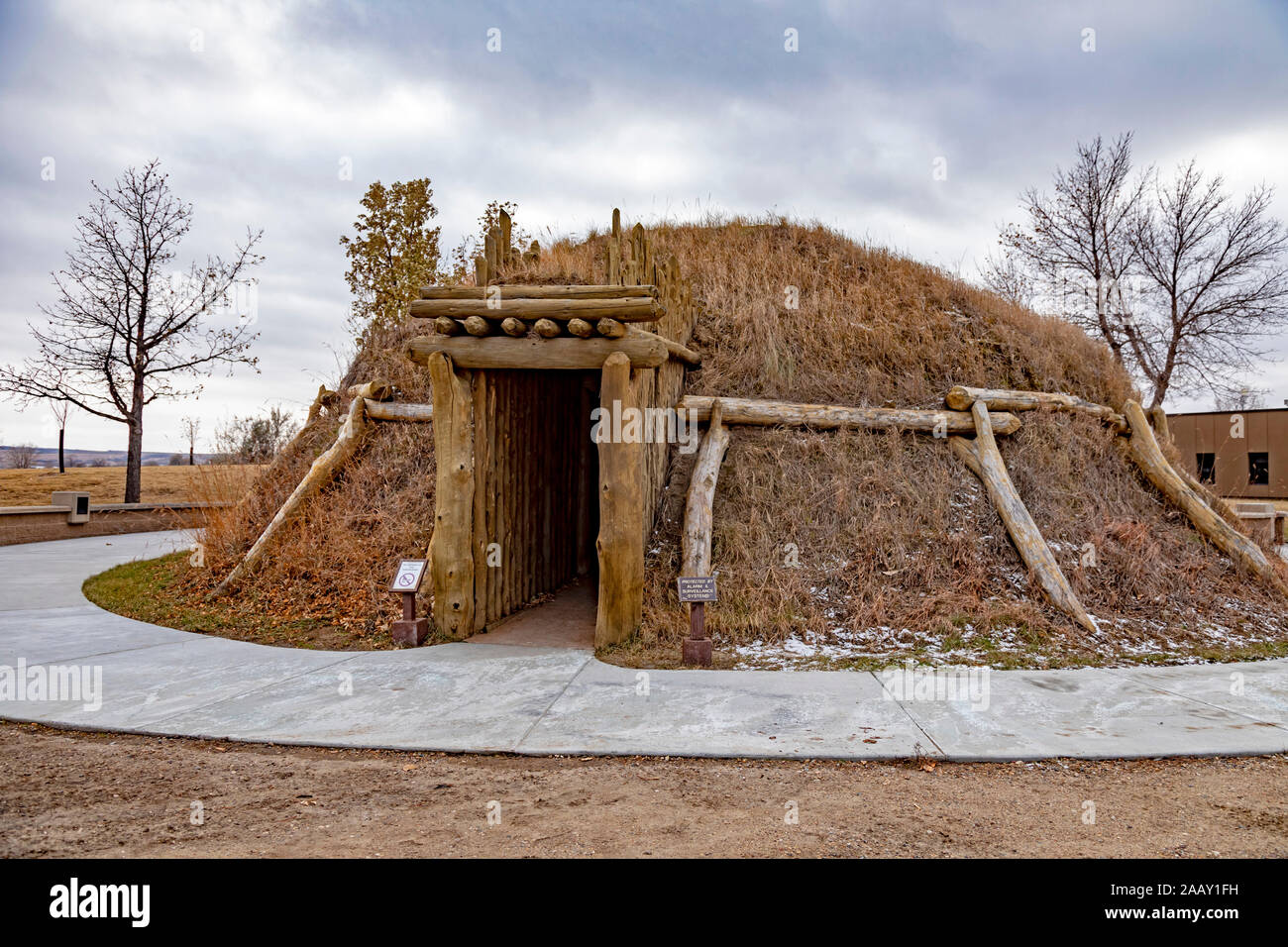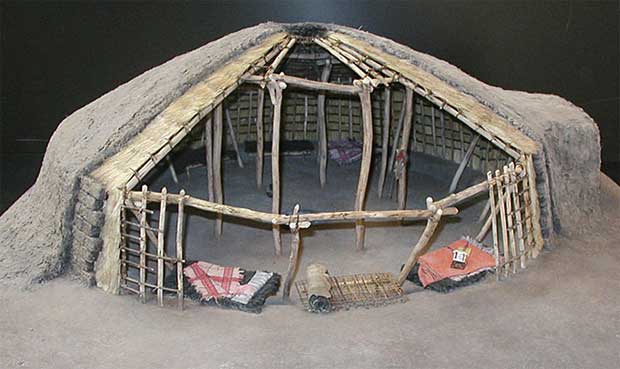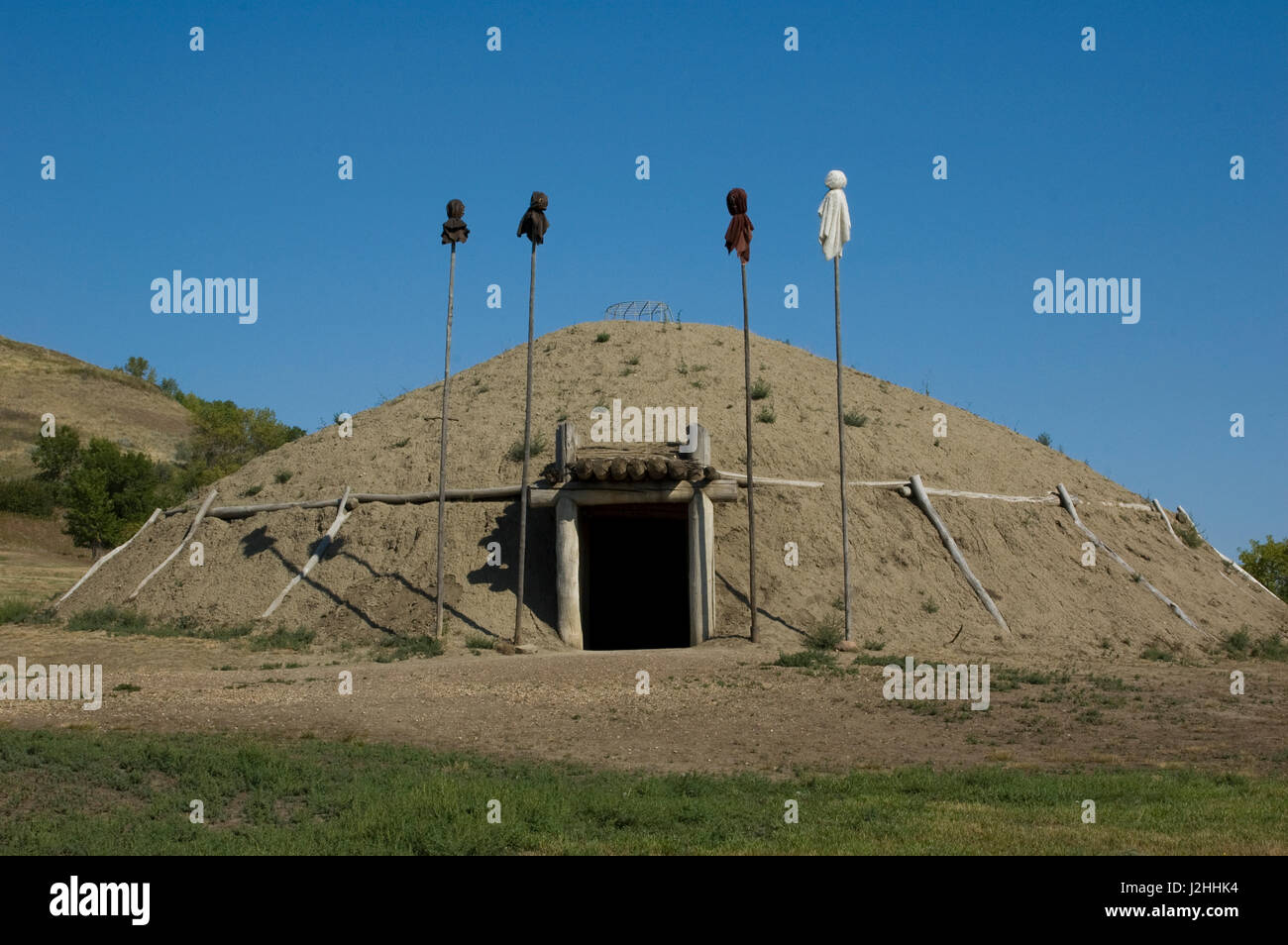
Echoes in the Earth: The Enduring Legacy of Northern Plains Earth Lodge Village Builders
Forget the popular image of nomadic tipis fluttering across the vast American plains. While the tipi symbolizes the incredible adaptability of many Indigenous peoples to a mobile hunting lifestyle, it tells only one part of a far richer story. Along the winding arteries of the Missouri River and its tributaries, a different, equally sophisticated civilization flourished for centuries: the Northern Plains Earth Lodge Village Builders. These were not transient wanderers, but settled agriculturalists, architects of enduring communities whose ingenuity in shaping the very earth beneath their feet created a legacy of resilience, culture, and profound connection to the land.
For over a millennium, from roughly 1000 CE until well into the 19th century, tribes such as the Mandan, Hidatsa, Arikara, Pawnee, Otoe, Missouria, Omaha, and Ponca established thriving villages, some housing thousands of inhabitants. These were not temporary encampments but permanent, often fortified, towns built on strategic river terraces and bluffs. Their defining feature was the earth lodge – a marvel of indigenous engineering that stands as a testament to advanced architectural knowledge and communal effort.
Architects of the Prairie: The Earth Lodge Unveiled
To understand the genius of the earth lodge builders, one must first appreciate the environment they mastered. The Northern Plains present extremes: scorching summers, brutal winters, and often violent storms. The earth lodge was the perfect solution, a climate-controlled sanctuary forged from the abundant natural resources at hand.
The construction of an earth lodge was a monumental undertaking, requiring meticulous planning and collective labor. It began with a circular or oval excavation, creating a shallow depression that would form the lodge’s floor. At its center, four massive cottonwood posts, sometimes as thick as a man’s torso and up to 15 feet tall, were carefully set. These central posts formed the primary support structure, around which secondary rings of shorter posts were erected. Heavy crossbeams connected these posts, creating a robust skeletal framework.

From this sturdy timber skeleton, rafters of smaller poles, often willow or ash, radiated outwards, forming a conical or domed roof. These rafters were then covered with a thick layer of smaller branches and brush, followed by tightly woven mats of grass or reeds. The final, and most crucial, layer was several feet of earth, meticulously packed and smoothed. This earthen covering, often taken from the very ground where the lodge stood, provided unparalleled insulation. "These lodges weren’t just houses; they were living cocoons," explains Dr. W. Raymond Wood, a prominent archaeologist of the Northern Plains. "They were warm in winter, cool in summer, and virtually impervious to the elements. They represent an incredible adaptation to a challenging environment."
A typical earth lodge could range from 30 to 60 feet in diameter, accommodating extended families and their possessions. Inside, the layout was consistent: a central hearth for cooking and warmth, directly beneath a smoke hole in the roof. Raised sleeping platforms lined the perimeter, often partitioned for privacy. Storage pits, sometimes bell-shaped and lined with grass, were dug into the floor, preserving dried foods and seeds. An elongated, covered entryway, angled away from prevailing winds, provided an additional buffer against the elements and served as a crucial defensive feature.
The Village as a Citadel: Community and Commerce
Beyond individual lodges, the organization of the villages themselves speaks volumes about the builders’ foresight and social complexity. Villages were typically situated on high ground, often at river bends or confluences, offering natural defenses and access to water and fertile bottomlands for agriculture. Many villages were further fortified with deep ditches and palisades – walls of upright timber posts – some rising 10 to 15 feet high, designed to repel attacks from rival tribes.
Within these fortified walls, life buzzed with activity. The central plaza served as a gathering place for ceremonies, dances, and communal activities. Agriculture was the bedrock of their economy, with women playing a central role. Vast fields of corn, beans, squash, and sunflowers stretched beyond the village perimeter. These crops, carefully cultivated and harvested, provided not only sustenance but also a valuable surplus for trade. "The Mandan, Hidatsa, and Arikara, in particular, were known as the ‘Gardeners of the Missouri’," notes tribal historian Marilyn Hudson (Mandan/Hidatsa). "Our grandmothers cultivated varieties of corn that were highly prized, and our villages became major hubs of commerce."
Indeed, the earth lodge villages were vibrant centers of trade. Located at a crossroads between the plains and the eastern woodlands, they facilitated exchanges of agricultural products, buffalo hides, dried meat, tools, pottery, and even exotic goods like obsidian and shells from distant regions. This sophisticated economic network underscored their settled lifestyle and their pivotal role in the broader Indigenous landscape.
A Culture Rooted in Earth and Spirit
The earth lodge was more than just a dwelling; it was a microcosm of the universe, a sacred space reflecting the deep spiritual connection the builders had with the cosmos and the earth. The four central posts often represented the four cardinal directions, or the four sacred elements. The circular shape echoed the sun, moon, and the cycles of life. The smoke hole was a direct conduit to the sky world, connecting the earthly realm with the spiritual.
Socially, the earth lodge reinforced community bonds. Extended families lived together, fostering intergenerational knowledge transfer and collective responsibility. Among the Mandan and Hidatsa, for instance, women were often considered the owners of the lodges, a reflection of their central role in agriculture and family life. This matriarchal aspect highlighted the respect and authority accorded to women in these societies. The collective effort required to build and maintain these structures also cemented social cohesion, with every member contributing to the well-being of the village.

Challenges and Resilience: A Legacy Tested
The enduring legacy of the earth lodge builders was severely tested with the arrival of European and later American expansion. While initial contact brought new trade goods and opportunities, it also ushered in devastating challenges. The most catastrophic was the introduction of Old World diseases, particularly smallpox. Lacking immunity, the tightly packed populations of the earth lodge villages were highly vulnerable.
The smallpox epidemic of 1837-38, for example, decimated the Mandan, Hidatsa, and Arikara populations, reducing them by as much as 90%. Villages that had thrived for centuries became graveyards overnight. "Imagine entire families, entire lineages, wiped out in weeks," recounted a Mandan elder, reflecting on the historical trauma. "The lodges that once held laughter and life stood silent, monuments to an invisible enemy."
Despite such unimaginable losses, the survivors demonstrated extraordinary resilience. They regrouped, adapted, and continued to build, albeit on a smaller scale. The encroaching tide of Euro-American settlement, westward expansion, and the imposition of reservation systems further disrupted their traditional way of life, forcing many to abandon their ancestral villages and agricultural practices. Yet, the memory of the earth lodge, and the values it embodied, remained etched in their cultural identity.
Enduring Echoes and Modern Revitalization
Today, the physical remnants of these once-thriving earth lodge villages dot the Northern Plains landscape, silent witnesses to a sophisticated past. Archaeological sites like On-A-Slant Village in North Dakota or the Pawnee Village Site in Nebraska offer invaluable insights into their architecture, daily life, and social structures.
But the legacy of the earth lodge builders is not confined to archaeology. It lives on in the oral traditions, ceremonies, and contemporary cultural expressions of the descendant tribes. There’s a growing movement to revitalize this heritage. Modern earth lodges have been constructed at cultural centers, museums, and even on tribal lands, serving as powerful symbols of cultural continuity and resilience. These new lodges are not just replicas; they are living classrooms, spaces for ceremony, and tangible connections to the ingenuity of their ancestors.
The Northern Plains Earth Lodge Village Builders stand as a powerful reminder that "civilization" takes many forms. Their ability to harness natural materials, to engineer durable and comfortable homes, to organize complex agricultural and trade networks, and to forge a vibrant, spiritual culture in a challenging environment speaks volumes about their sophistication and deep connection to place. Their story is one of innovation, community, and an unyielding spirit, echoing through the earth and across the generations, proving that the roots of their culture run as deep as the very lodges they built.